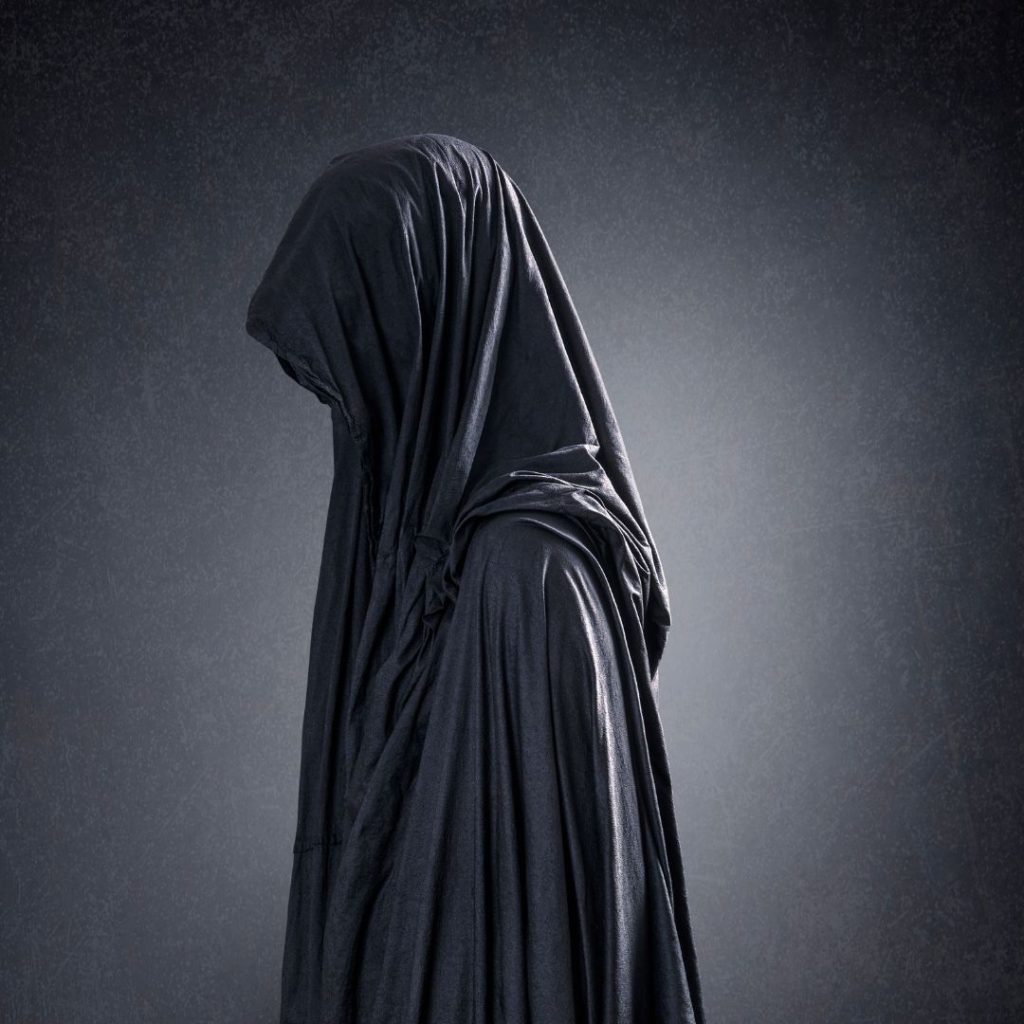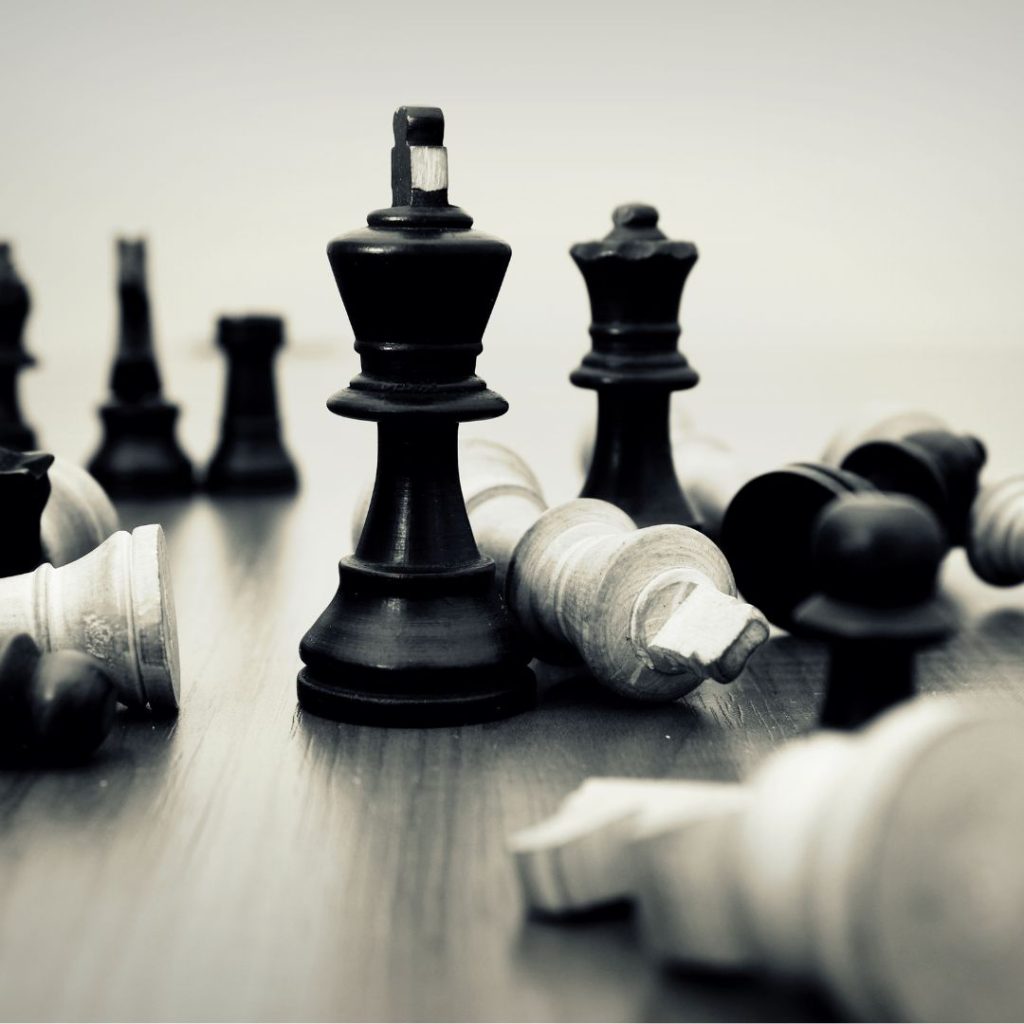Crafting Antagonists
Jeremy Chang

One of the most engaging aspects of creating and reading a story is defining the great opposition for your hero. Formally known as “Antagonists,” these detestable yet engaging obstacles are a staple element of great storytelling and can often create greater impressions on readers than even the main characters. When people usually think of antagonists, they think of the Big Bad Wolf to the Three Little Pigs, Voldemort to Harry, Sauron to Frodo, or Frollo to Quasimodo. While these are all compelling adversaries in their own right, other types of opposing forces are also out in the literary world, making their mark alongside them. In general, there are four different types of conflict that define an antagonist:
- Man versus man (The examples above. Can also apply to institutions.)
- Man versus nature (Lord of the Flies, Moby Dick)
- Man versus supernatural/fate (A Series of Unfortunate Events, The Shining)
- Man versus self (To Kill a Mockingbird, Adventures of Huckleberry Finn )
Each are distinct literary elements in their own right. However, it’s what they have in common that makes good antagonists so compelling.
It Was Me, Barry (Influencing The Protagonist)
The first element in making a good antagonist is, ironically, how they affect the protagonist. That’s right, the first step doesn’t have anything to do with how the villain is a sleazy unlikable goofball, a grotesque being of unseen Lovecraftian desolation, or the government, but rather, it’s about how their influence affects the main character. Not to say those aspects should be disregarded, as they bring their own separate value, but that shouldn’t be the first priority when making your story’s “big bad.” Well-developed antagonists influence the main character in some way that is ultimately significant to the story, for better or for worse. It doesn’t matter if they take away their closest companions, shatter their most profound inner morals, or have utter control over their decisions and life’s purpose, just make sure they are highly relevant to the development of the person the story is following. It is important they stand against the protagonists as a true barrier that because people want to see their heroes succeed against significant forces.
Absolute Power! (Imposing the Audience)
The second element in writing an antagonist is to develop a dramatic and imposing figure. An antagonist must have some sort of edge against the protagonist to create tension within a story. Without this, you end up with a book about as entertaining as She-Hulk, or you’re writing a satirical comedy. Disregarding that one exception, it’s critical that the main enemy always has some sort of advantage over the protagonist until the bridge between the climax and falling action. Imagine if Cinderella wasn’t really held back by her stepmother and stepsisters, deciding one day to bump them to the curb, buy luxury goods with their money with little to no struggle, and immediately take the prince unhindered. Sure, it may be “empowering” for some, but the overall plot would be considered boring, unrelatable, and ultimately unrealistic in the eyes of most readers. People struggle in life. The antagonist creates strife and conflict by creating a clear, realistic barrier to victory, evoking despair for readers.
The Hardest Choices Require The Strongest Will (Challenging Convention)

This is the part that everyone is most likely drawn to when choosing their favorite antagonist, as it’s what truly makes these oppositions shine from beyond their role as just obstacles. A great antagonist transcends the pages of a book and brings out the best and worst in a reader’s values and worldview. They’re terrifying because they have the ability to change who a person is. This doesn’t necessarily mean a villain should always have a morally gray compass (although that is a popular and effective method), rather, it means the reader must be able to establish a connection through the nature of the antagonist’s qualities based on their own experiences. It should make them think about themselves, the world they live in, and the people around them that they would otherwise consider the same in most cases. When this happens, an antagonist will become memorable, as they effectively become a part of that person. But that’s not all. Take it a step further and you get an antagonist that will challenge the morals that were established with the protagonist. The mirroring of the protagonist, their goals, and who they are as a character, creates the most compelling stories because it establishes two sides of the same coin, equally as appealing as the other, that force people to choose between them, and not everyone will choose the same.
Conclusion
Captivating antagonists are not an easy thing to create. The Hero against the Villain conflict is a tale as old as time, yet writers from all over still struggle to find that perfect balance between good and evil in the narrative journey. We may never have the perfect antagonist (at least a purely manmade one), but that doesn’t mean we should stop striving to make one. Ultimately, the content shown in this blog are merely guidelines on how to make an effective antagonist. When push comes to shove, a story may not call for such a complex opposing force. Some stories require only a simple representation of a common life struggle to make their mark; because, ultimately, what makes a good antagonist is what they mean to the people who read them.
0 Comments